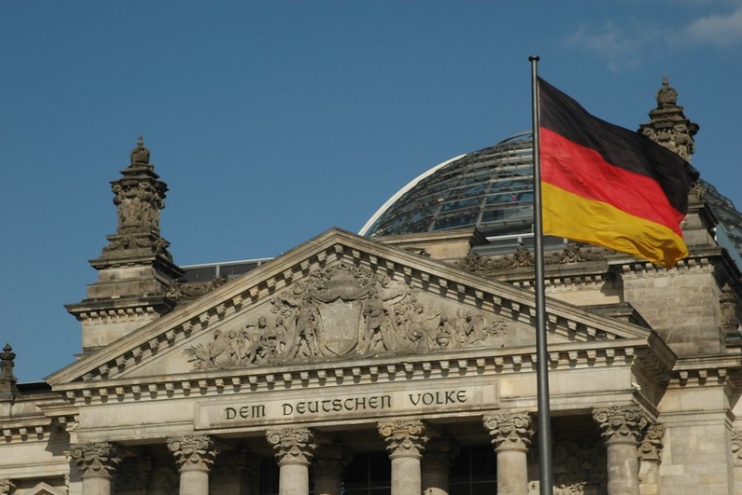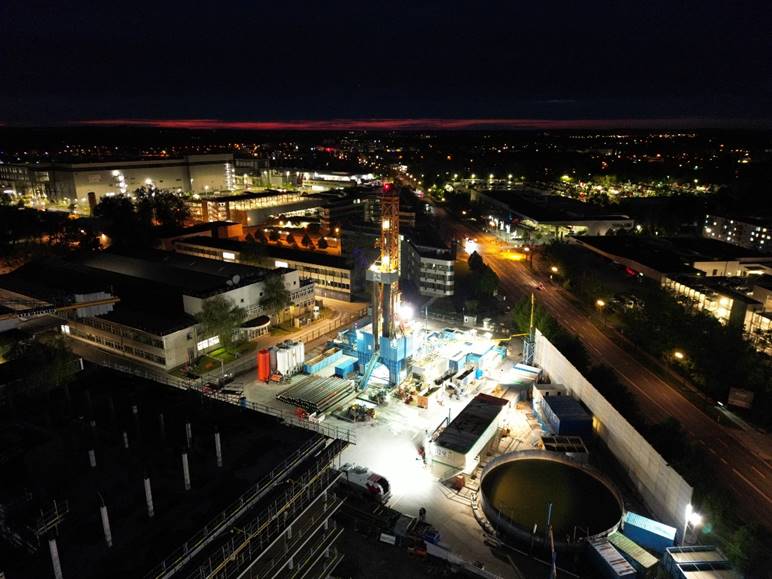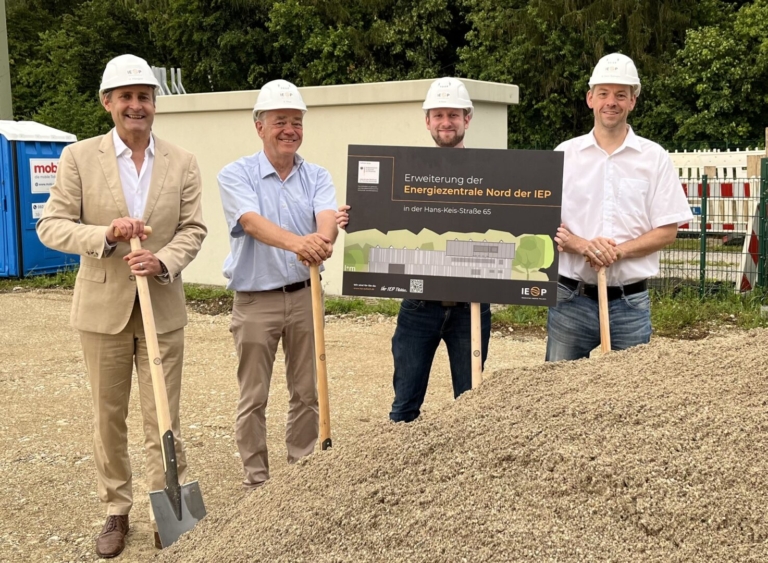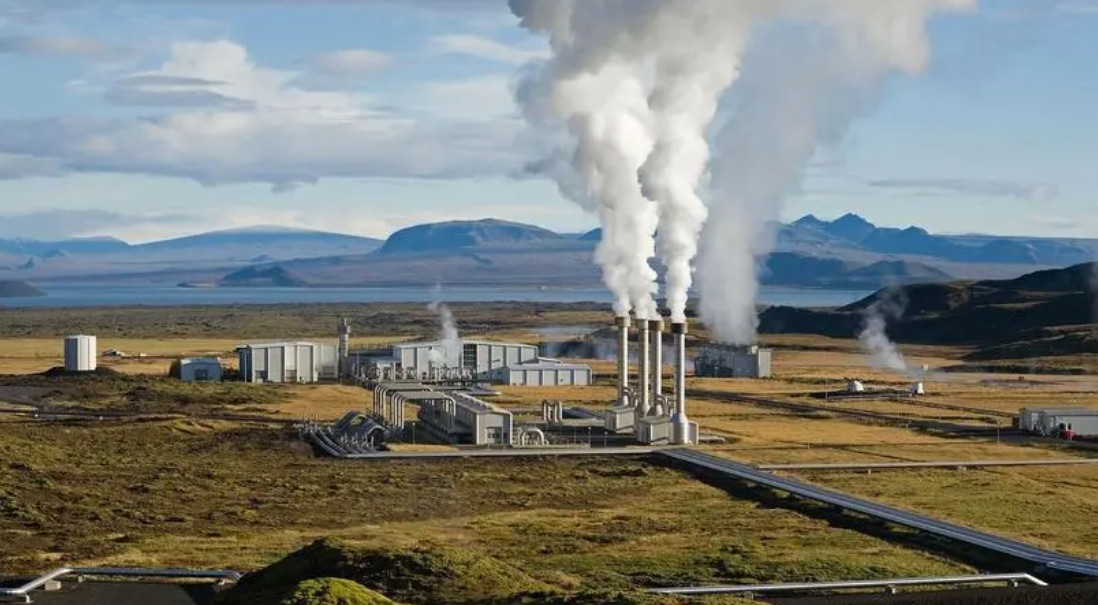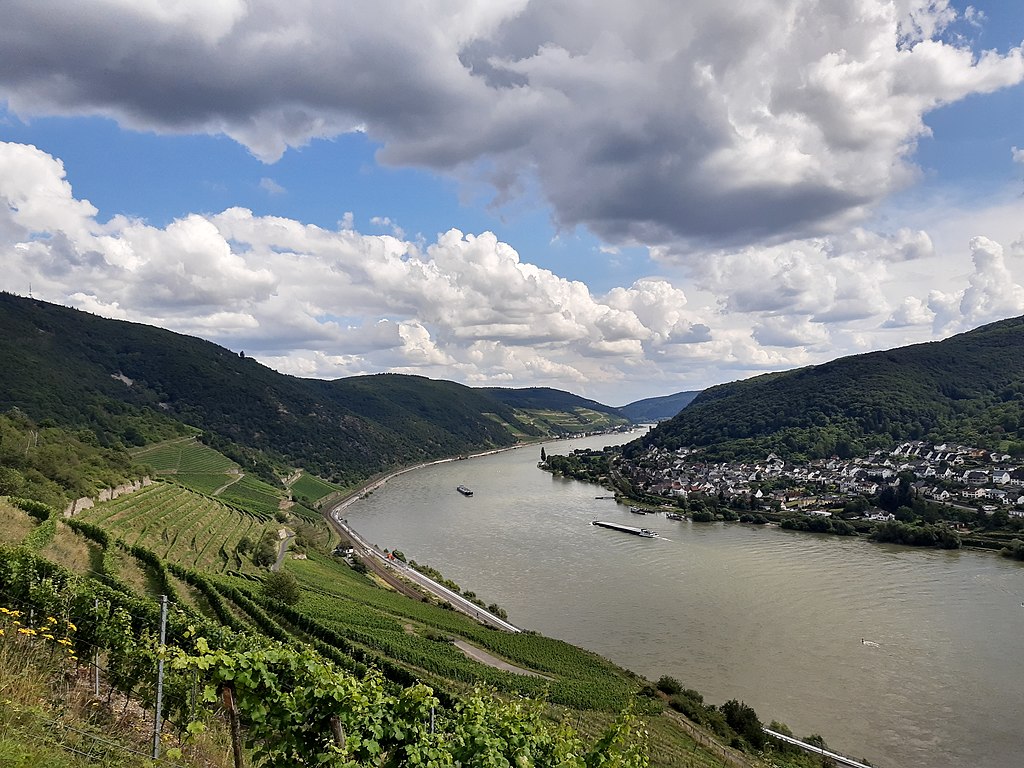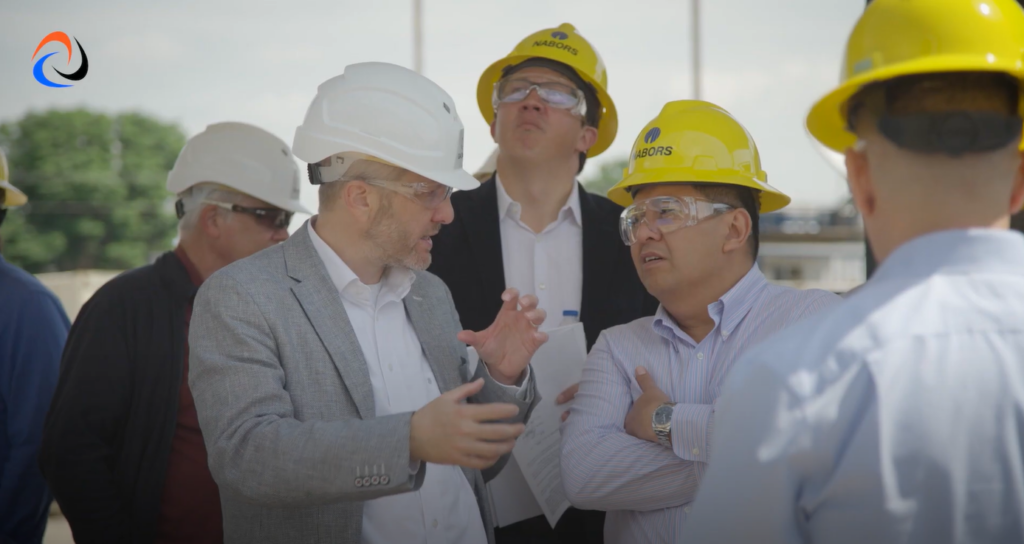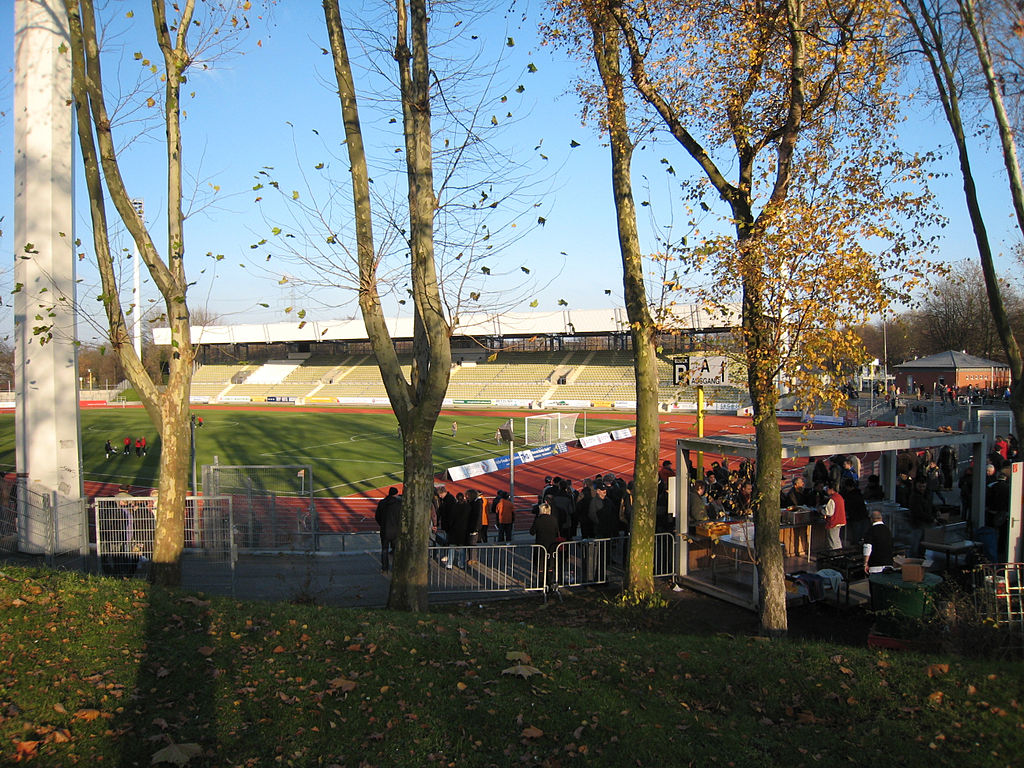
The energy component of the renovation project is being implemented by local utility Stadtwerke Bochum with partner Fraunhofer Institute for Energy Infrastructures and Geothermal Energy (Fraunhofer IEG).
Sustainability has been one of the pillars of the Lohrheide renovation project since its inception. Aside from the geothermal system, the stadium will have photovoltaic panels on the new roofs and rainwater storage. The photovoltaic modules will provide power to two heat pumps that extract and supply from a geothermal probe field, consisting of 38 geothermal probes drilled to 150 meters depth in the area of the pitcher’s pitch.
The heat pumps are designed to output around 230 kW for heat and around 190 kW for cooling. With an estimated consumption of around 280 MWh/year for heating and around 180 mWh/year for cooling, the annual performance factor should be a value of 4. This means that the system generates 4 kWh of heat for every 1 kWh of electricity.
Although the work on the bore field will be finished soon, the actual operations of the geothermal system is not expected until 2025.
“The heating and cooling systems at the Lohrheide Stadium show what a valuable contribution surface geothermal energy can make, especially in the Ruhr area,” says Professor Dr. Rolf Bracke, Head of Fraunhofer IEG. “Mining, industry and war have left their mark on the region’s subsoil. We are very pleased that the city of Bochum and the Stadtwerke Bochum have accepted this challenge together with us and implemented sustainable heating and cooling supply in an exemplary manner at a prominent location.”
The Bochum arena joins the Ernst Happen stadium in Vienna, Austria and the newly renamed Geothermie Arena in Unterhaching, Germany in a list of sporting events that have been redesigned and renovated to be sustainable, with geothermal as a central component of the sustainability strategy.
